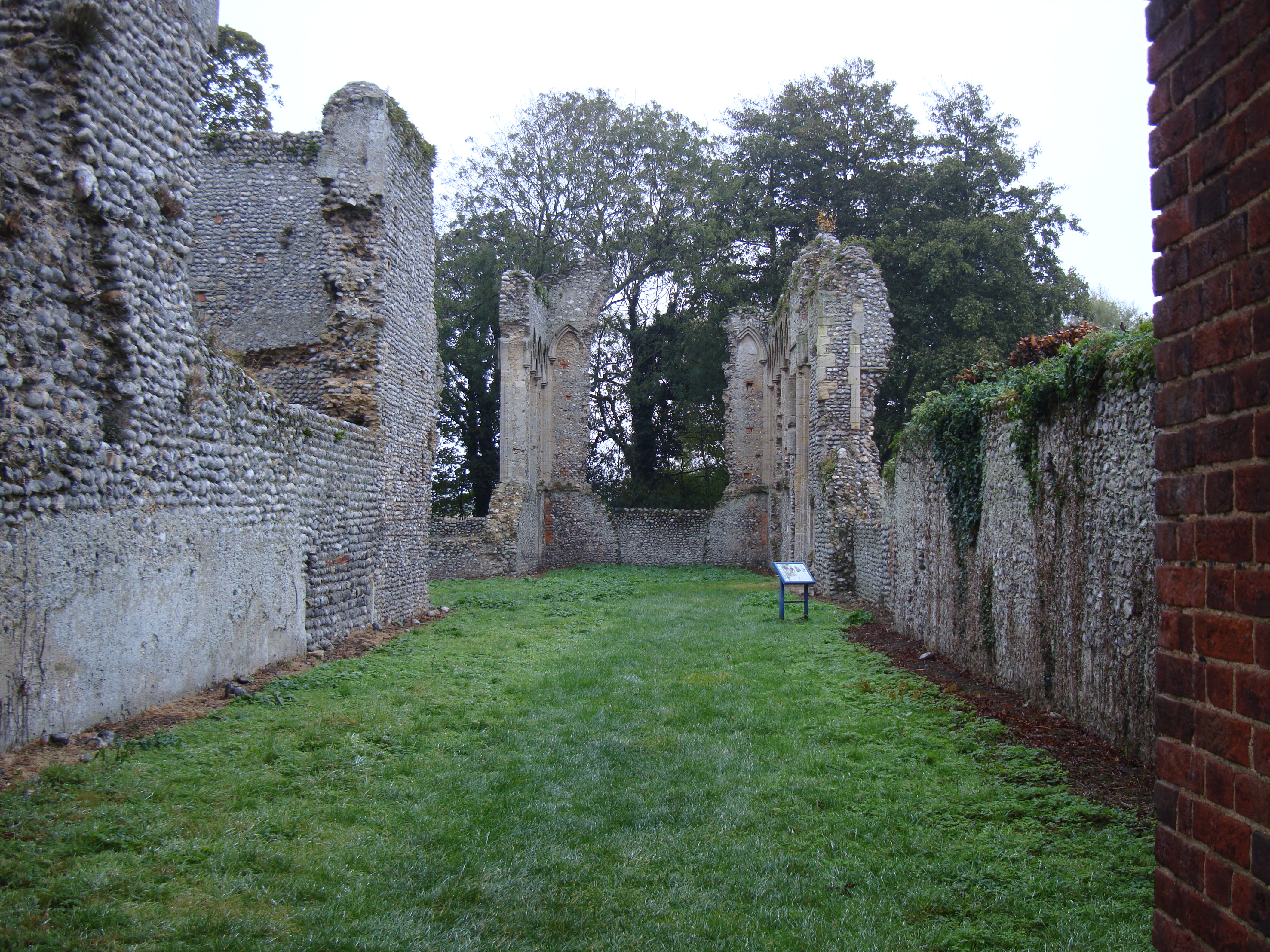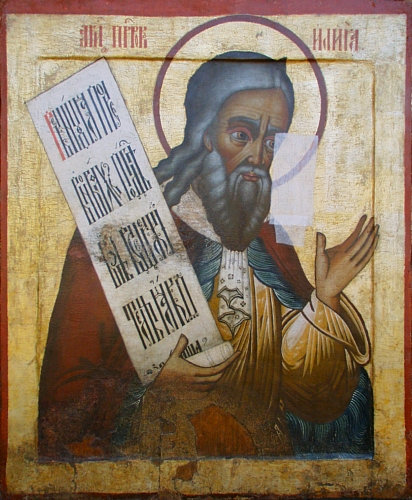|
Carmelite Friary, King's Lynn
The Carmelite Friary, King's Lynn, also Whitefriars, King's Lynn, was a friary of the Carmelites in King's Lynn, Norfolk, England. It was founded before 1261; according to Francis Blomefield, the county historian, the founder was William Bardolf (died 1275), whose descendant, William Bardolf, Lord Bardolf, was buried there. In the early part of the 15th century the theologian and preacher Alan of Lynn (died after 1420) was a member of the community. The friary was dissolved in 1538. The northern gateway is the only significant survival from the buildings. Burials * Alan of Lynn *William Bardolf, 4th Baron Bardolf William Bardolf, 4th Baron Bardolf and 3rd Baron Damory (21 October 1349 – 29 January 1386) of Wormegay, Norfolk, was an extensive landowner in Norfolk, Lincolnshire, Suffolk and Surrey. He was the son of John Bardolf, 3rd Baron Bardolf a ... References See also * List of monastic houses in Norfolk Monasteries in Norfolk Kings Lynn King's Lynn [...More Info...] [...Related Items...] OR: [Wikipedia] [Google] [Baidu] |
Friary
A monastery is a building or complex of buildings comprising the domestic quarters and workplaces of monastics, monks or nuns, whether living in communities or alone (hermits). A monastery generally includes a place reserved for prayer which may be a chapel, church, or temple, and may also serve as an oratory, or in the case of communities anything from a single building housing only one senior and two or three junior monks or nuns, to vast complexes and estates housing tens or hundreds. A monastery complex typically comprises a number of buildings which include a church, dormitory, cloister, refectory, library, balneary and infirmary, and outlying granges. Depending on the location, the monastic order and the occupation of its inhabitants, the complex may also include a wide range of buildings that facilitate self-sufficiency and service to the community. These may include a hospice, a school, and a range of agricultural and manufacturing buildings such as a barn, a forge, ... [...More Info...] [...Related Items...] OR: [Wikipedia] [Google] [Baidu] |
Carmelites
, image = , caption = Coat of arms of the Carmelites , abbreviation = OCarm , formation = Late 12th century , founder = Early hermits of Mount Carmel , founding_location = Mount Carmel , type = Mendicant order of pontifical right , status = Institute of Consecrated Life , membership = 1,979 (1,294 priests) as of 2017 , leader_title = Motto , leader_name = la, Zelo zelatus sum pro Domino Deo exercituumEnglish: ''With zeal have I been zealous for the Lord God of hosts'' , leader_title2 = General Headquarters , leader_name2 = Curia Generalizia dei CarmelitaniVia Giovanni Lanza, 138, 00184 Roma, Italia , leader_title3 = Prior General , leader_name3 = Mícéal O'Neill, OCarm , leader_title4 = Patron saints , leader_name4 = Our Lady of Mt. Carmel, Elijah , parent_organization = Catholic Church , website = ... [...More Info...] [...Related Items...] OR: [Wikipedia] [Google] [Baidu] |
King's Lynn
King's Lynn, known until 1537 as Bishop's Lynn and colloquially as Lynn, is a port and market town in the borough of King's Lynn and West Norfolk in the county of Norfolk, England. It is located north of London, north-east of Peterborough, north-north-east of Cambridge and west of Norwich. History Toponymy The etymology of King's Lynn is uncertain. The name ''Lynn'' may signify a body of water near the town – the Welsh word means a lake; but the name is plausibly of Anglo-Saxon origin, from ''lean'' meaning a tenure in fee or farm. As the 1085 Domesday Book mentions saltings at Lena (Lynn), an area of partitioned pools may have existed there at the time. Other places with Lynn in the name include Dublin, Ireland. An Dubh Linn....the Black Pool. The presence of salt, which was relatively rare and expensive in the early medieval period, may have added to the interest of Herbert de Losinga and other prominent Normans in the modest parish. The town was named ''Len '' (Bis ... [...More Info...] [...Related Items...] OR: [Wikipedia] [Google] [Baidu] |
Norfolk
Norfolk () is a ceremonial and non-metropolitan county in East Anglia in England. It borders Lincolnshire to the north-west, Cambridgeshire to the west and south-west, and Suffolk to the south. Its northern and eastern boundaries are the North Sea, with The Wash to the north-west. The county town is the city of Norwich. With an area of and a population of 859,400, Norfolk is a largely rural county with a population density of 401 per square mile (155 per km2). Of the county's population, 40% live in four major built up areas: Norwich (213,000), Great Yarmouth (63,000), King's Lynn (46,000) and Thetford (25,000). The Broads is a network of rivers and lakes in the east of the county, extending south into Suffolk. The area is protected by the Broads Authority and has similar status to a national park. History The area that was to become Norfolk was settled in pre-Roman times, (there were Palaeolithic settlers as early as 950,000 years ago) with camps along the highe ... [...More Info...] [...Related Items...] OR: [Wikipedia] [Google] [Baidu] |
Francis Blomefield
Rev. Francis Blomefield (23 July 170516 January 1752), FSA, Rector of Fersfield in Norfolk, was an English antiquarian who wrote a county history of Norfolk: ''An Essay Towards a Topographical History of the County of Norfolk''. It includes detailed accounts of the City of Norwich, the Borough of Thetford and all parishes in the southernmost Hundreds of Norfolk, but he died before completing it. This was done by a friend, Rev. Charles Parkin. The Norfolk historian Walter Rye related that although no portrait of him was known to exist, Blomefield closely resembled the astronomer John Flamsteed, whose portrait was used to depict Blomefield on the frontispiece of one of his volumes. His history of Norfolk was reissued in London in 11 volumes by William Miller in 1805–1810, the last seven being by Parkin. Origins Francis Blomefield was born in the parish of Fersfield in the south of Norfolk on 23 July 1705, the eldest son of Henry Blomefield (1680-1732) of Winley Wood and Ma ... [...More Info...] [...Related Items...] OR: [Wikipedia] [Google] [Baidu] |
William Bardolf, 4th Baron Bardolf
William Bardolf, 4th Baron Bardolf and 3rd Baron Damory (21 October 1349 – 29 January 1386) of Wormegay, Norfolk, was an extensive landowner in Norfolk, Lincolnshire, Suffolk and Surrey. He was the son of John Bardolf, 3rd Baron Bardolf and Elizabeth Damory, suo jure 2nd Baroness Damory.Douglas Richardson. ''Plantagenet Ancestry: A Study in Colonial And Medieval Families,'' Genealogical Publishing, 2005. p. 608''Google eBook''/ref> His maternal grandparents were Sir Roger Damory, Lord Damory and Lady Elizabeth de Clare, a granddaughter of King Edward I. In 1372, Bardolf had livery of his lands from the Crown - See (https://www.british-history.ac.uk/inquis-post-mortem/vol13/pp104-115#highlight-first). He was summoned to parliament from 20 January 1376 to 3 September 1385, as "William Bardolf of Wormegay". He served in the French and Irish wars, latterly under John of Gaunt, Duke of Lancaster. Family He married Agnes (d. 12 June 1403), daughter of Sir Michael de Poyning ... [...More Info...] [...Related Items...] OR: [Wikipedia] [Google] [Baidu] |
Alan Of Lynn
Alan of Lynn (c. 1348 – after 1423), or Alanus de Lynna, was a famous English theologian of the first half of the fifteenth century. He flourished about 1420. He was born at Lynn in Norfolk, and studied philosophy and theology at Cambridge with much credit, taking the degree of Doctor of Divinity there. He afterwards returned to his native place, where he entered the order of the Carmelites, and spent the rest of his life. He died in Norwich, where he had lived for many years. Alan of Lynn was a most laborious writer, and left a multitude of books that were the fruits of his pen; but they seem to have been more remarkable for their number, than for any interest they are at present calculated to excite on the part of lay readers.A long list will be found in Thomas Tanner, ''Bibliotheca Britannico-Hibernica''. He followed the taste which was common in his age, of expounding scripture allegorically; but he has been praised for his general method of treating theological subjects, a ... [...More Info...] [...Related Items...] OR: [Wikipedia] [Google] [Baidu] |
List Of Monastic Houses In Norfolk
The following is a list of monastic houses in Norfolk, England. __TOC__ List See also * List of monastic houses in England Notes References Citations Bibliography * Binns, Alison (1989) ''Studies in the History of Medieval Religion 1: Dedications of Monastic Houses in England and Wales 1066–1216'', Boydell * Cobbett, William (1868) ''List of Abbeys, Priories, Nunneries, Hospitals, And Other Religious Foundations in England and Wales and in Ireland, Confiscated, Seized On, or Alienated by the Protestant "Reformation" Sovereigns and Parliaments'' * Knowles, David & Hadcock, R. Neville (1971) ''Medieval Religious Houses England & Wales''. Longman * Morris, Richard (1979) ''Cathedrals and Abbeys of England and Wales'', J. M. Dent & Sons Ltd. * Thorold, Henry (1986) ''Collins Guide to Cathedrals, Abbeys and Priories of England and Wales'', Collins * Thorold, Henry (1993) ''Collins Guide to the Ruined Abbeys of England, Wales and Scotland'', Collins * Wright, Ge ... [...More Info...] [...Related Items...] OR: [Wikipedia] [Google] [Baidu] |
Monasteries In Norfolk
A monastery is a building or complex of buildings comprising the domestic quarters and workplaces of monastics, monks or nuns, whether living in communities or alone (hermits). A monastery generally includes a place reserved for prayer which may be a chapel, church, or temple, and may also serve as an oratory, or in the case of communities anything from a single building housing only one senior and two or three junior monks or nuns, to vast complexes and estates housing tens or hundreds. A monastery complex typically comprises a number of buildings which include a church, dormitory, cloister, refectory, library, balneary and infirmary, and outlying granges. Depending on the location, the monastic order and the occupation of its inhabitants, the complex may also include a wide range of buildings that facilitate self-sufficiency and service to the community. These may include a hospice, a school, and a range of agricultural and manufacturing buildings such as a barn, a forge, ... [...More Info...] [...Related Items...] OR: [Wikipedia] [Google] [Baidu] |
Carmelite Monasteries In England
, image = , caption = Coat of arms of the Carmelites , abbreviation = OCarm , formation = Late 12th century , founder = Early hermits of Mount Carmel , founding_location = Mount Carmel , type = Mendicant order of pontifical right , status = Institute of Consecrated Life , membership = 1,979 (1,294 priests) as of 2017 , leader_title = Motto , leader_name = la, Zelo zelatus sum pro Domino Deo exercituumEnglish: ''With zeal have I been zealous for the Lord God of hosts'' , leader_title2 = General Headquarters , leader_name2 = Curia Generalizia dei CarmelitaniVia Giovanni Lanza, 138, 00184 Roma, Italia , leader_title3 = Prior General , leader_name3 = Mícéal O'Neill, OCarm , leader_title4 = Patron saints , leader_name4 = Our Lady of Mt. Carmel, Elijah , parent_organization = Catholic Church , website = ... [...More Info...] [...Related Items...] OR: [Wikipedia] [Google] [Baidu] |





